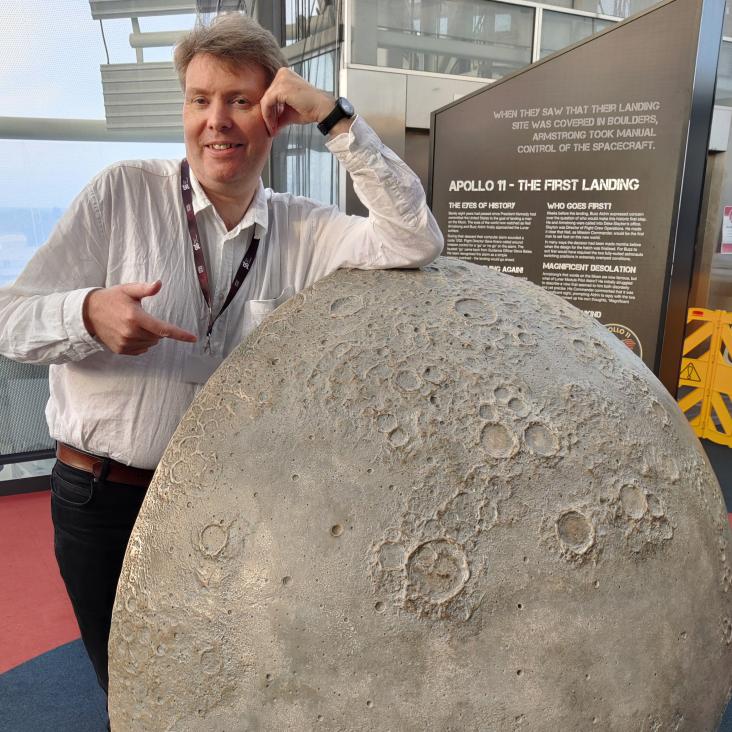A Spectral Investigation of Aqueously and Thermally Altered CM, CM‐An, and CY Chondrites Under Simulated Asteroid Conditions for Comparison With OSIRIS‐REx and Hayabusa2 Observations
Journal of Geophysical Research Planets American Geophysical Union (AGU) 126:7 (2021)
Christiansen Feature Map From the Lunar Reconnaissance Orbiter Diviner Lunar Radiometer Experiment: Improved Corrections and Derived Mineralogy
Journal of Geophysical Research Planets American Geophysical Union (AGU) 126:6 (2021)
Updates to the Oxford Space Environment Goniometer to measure visible wavelength bidirectional reflectance distribution functions in ambient conditions
Review of Scientific Instruments AIP Publishing 92:3 (2021) 034504
Abstract:
Understanding how the surfaces of airless planetary bodies—such as the Moon—scatter visible light enables constraints to be placed on their surface properties and top boundary layer inputs to be set within thermal models. Remote sensing instruments—such as Diviner onboard the Lunar Reconnaissance Orbiter—measure thermal emission and visible light scattering functions across visible (∼0.38–0.7 µm) to thermal infrared (TIR) wavelengths (∼0.7–350 μm). To provide ground support measurements for such instruments, the Oxford Space Environment Goniometer (OSEG) was built. Initially, the OSEG focused on measuring TIR directional emissivity functions for regolith and regolith simulant samples in a simulated space environment, but it has recently been modified to measure visible wavelength Bidirectional Reflectance Distribution Functions (BRDFs) of samples in ambient conditions. Laboratory-measured BRDFs can be used (1) to test and to help interpret models—such as the Hapke photometric model—and (2) as visible scattering function inputs for thermal models. This paper describes the modifications to and initial calibration measurements taken by the Visible Oxford Space Environment Goniometer with a 532 nm laser, and details how this setup can be used to measure BRDFs of regolith and regolith simulant samples of airless planetary bodies.Spectral Characterization of Bennu Analogs Using PASCALE: A New Experimental Set‐Up for Simulating the Near‐Surface Conditions of Airless Bodies
Journal of Geophysical Research Planets American Geophysical Union (AGU) 126:2 (2021) e2020je006624
Spectral data of aqueously and thermally altered carbonaceous chondrites
University of Oxford (2021)


